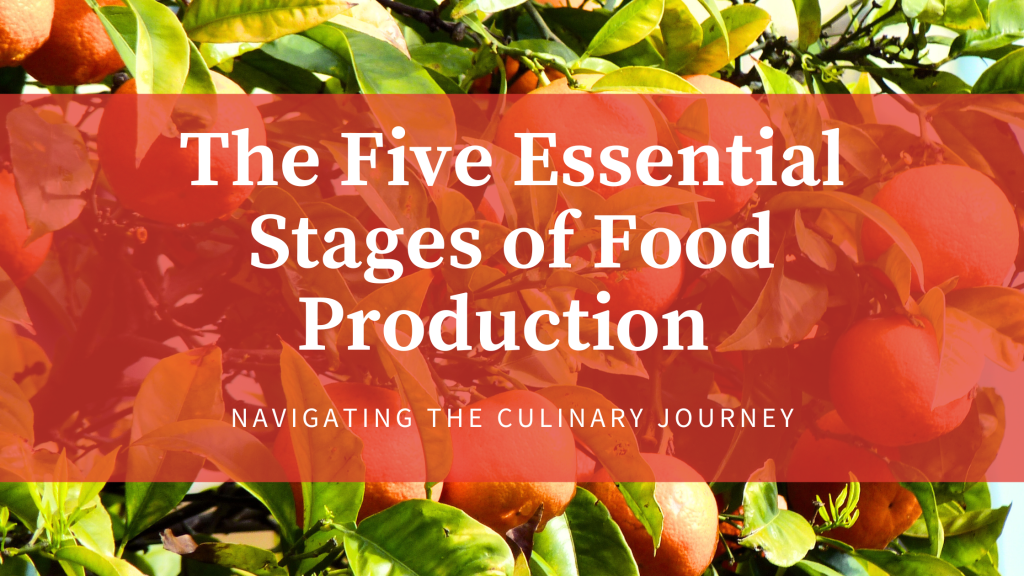
In the intricate world of food production, a seamless flow from farm to fork involves a series of crucial stages. Each stage plays a pivotal role in ensuring that the food we enjoy is not only delicious but also safe and sustainably sourced. Shaped by principles taught at Shri Manilal Nanavati Vocational Training Institute for Women (MNVTI), let’s delve into the five types of food production that form the backbone of our culinary journey.
1. Primary Food Production: Cultivating the Essence
At the heart of every dish lies the foundation laid by primary production. This stage involves the cultivation of raw ingredients, whether they be fruits, vegetables, grains, or proteins. Farmers, the unsung heroes of the culinary world, toil to ensure a bountiful harvest. MNVTI recognizes the significance of primary production, instilling in students an appreciation for the hands that cultivate the essence of our meals. Sustainable farming practices, understanding seasonal variations, and supporting local agriculture are key principles imparted during training.
2. Food Processing: Crafting Culinary Alchemy
Once the raw ingredients are harvested, they undergo a transformative journey in the processing stage. This involves turning raw materials into usable and edible forms. Processing can include cleaning, cutting, cooking, and preserving. MNVTI’s curriculum emphasizes the art of culinary alchemy, teaching students the techniques and methods employed in food processing. From mastering knife skills to understanding preservation methods, students at MNVTI gain insights into the intricate craft of turning raw ingredients into culinary delights.
3. Distribution: Connecting Farms to Tables
The distribution stage bridges the gap between producers and consumers. It involves the movement of food from farms and processing units to various points of sale. MNVTI recognizes the importance of an efficient and sustainable distribution network. Understanding supply chains, logistics, and the importance of minimizing food waste are integral components of the curriculum. MNVTI students are prepared to navigate the complexities of distribution, ensuring that food reaches its destination in optimal condition.
4. Retail: Curating Culinary Experiences
As food makes its way to retail establishments, the stage is set for curating culinary experiences for consumers. Retail involves showcasing food products, whether in grocery stores, restaurants, or specialty markets. MNVTI’s training equips students with the skills to create visually appealing displays, understand consumer preferences, and provide excellent customer service. From the art of presentation to the science of pricing, MNVTI students are prepared to excel in the dynamic world of food retail.
5. Consumption: Savoring the Culinary Symphony
The final and most anticipated stage is consumption, where the journey of food production culminates in a symphony of flavors on our plates. MNVTI’s holistic approach ensures that students not only understand the technical aspects of food production but also appreciate the cultural and social significance of sharing meals. The joy of creating dishes that bring people together is a core principle instilled in MNVTI students as they embark on their culinary careers.
In conclusion, the five stages of food production form a harmonious cycle, and MNVTI’s commitment to comprehensive education ensures that students are well-equipped to navigate each stage with skill and creativity. As MNVTI paves the way for future culinary professionals, it reinforces the idea that food production is not just a process; it’s a journey that connects communities, celebrates diversity, and brings the joy of shared meals to the forefront of our lives.
